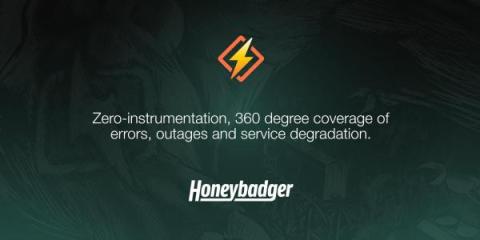Introducing Confluent's JavaScript Client for Apache Kafka
From humble beginnings, Apache Kafka steadily rose to prominence and now sits as the backbone of data streaming for thousands of organizations worldwide. From its robust API, cloud-native implementations like Confluent Cloud, and synergy with other technologies like Apache Flink, Kafka has grown to cover many use cases across a broad range of industries.










